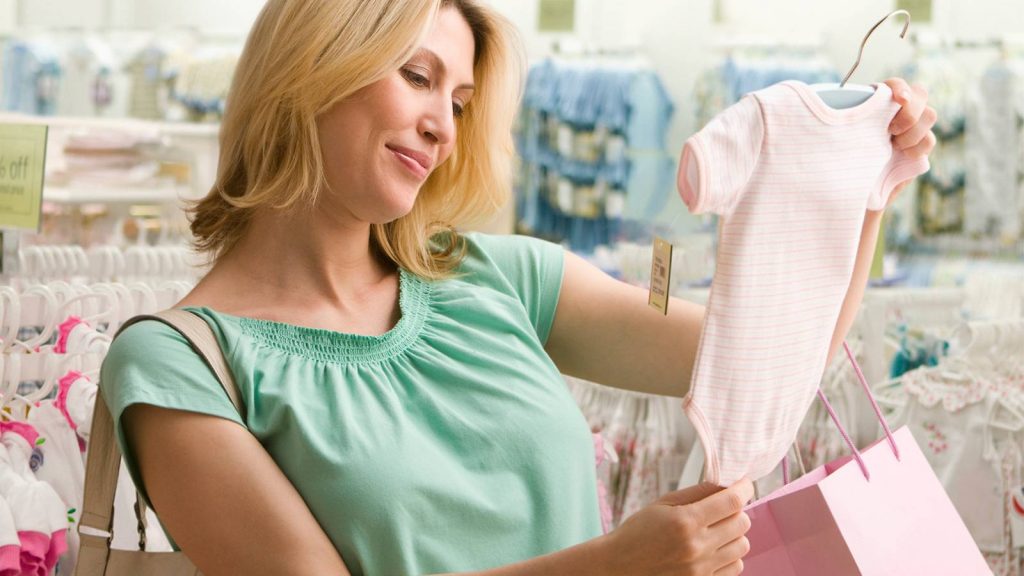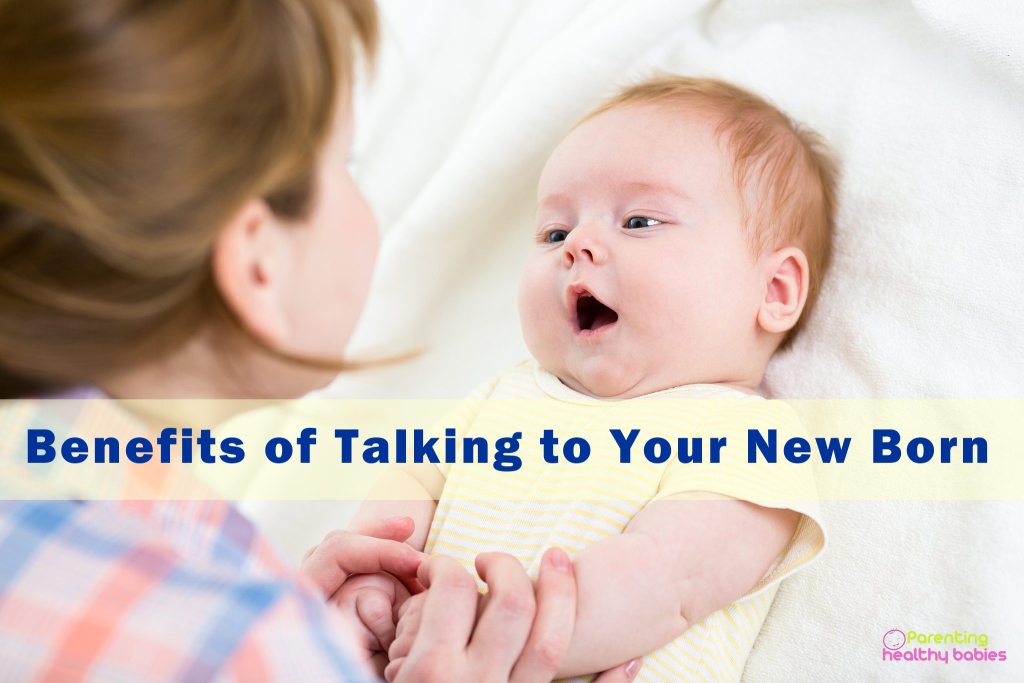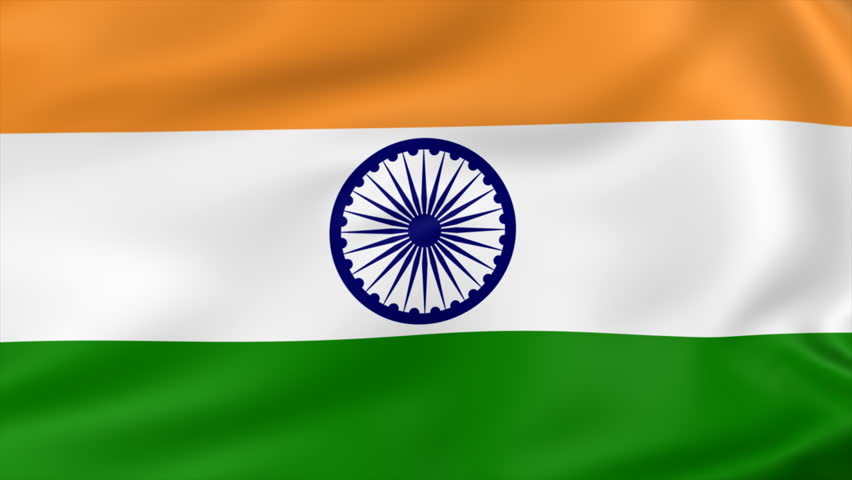Buying baby clothes is an exciting process. From the texture of the little clothes, to their colors, to the general cuteness of baby clothes, buying them is quite a beautiful experience, although it needs some planning. Thus, it’d be best to consider various factors before going on a shopping binge for a delightful little person.
Here are six key considerations before buying baby clothes:
Size Of The Baby
Babies come in all cute shapes and sizes, which means you should consider your baby’s size before buying baby clothes. There’s clothing labelled as ‘one-size-fits-all,’ but that isn’t always the case. For instance, if you’re buying clothes for a premature baby, they probably won’t fit such types of clothing as the smallest size would most likely be the best choice.
Macrosomia is the medical term for larger-sized babies on the other end of the premature spectrum. If you’re buying clothes for larger babies, one-size-fits-all clothes won’t be ideal as well, so the size of your baby really matters.
If the baby isn’t premature or macrosomic, consider buying a medium-sized onesies, for example. Medium-sized clothes are safer as a regular-sized baby can grow snugly into the clothes. Clothing also stretches as the baby grows or the number of times it’s washed increases.
Quality Of Clothes
The quality of the clothes you purchase for a baby is important. The higher the quality, the more durable the clothes and the longer the baby can enjoy wearing them. Babies drool, food spills onto the clothes, and they crawl and pick up dust from the floor, not forgetting how they may chew on their clothes as they begin teething.
Such factors mean that low-quality clothes may easily tear or fade in color. Buying high-quality tshirts and other types of clothing, on the one hand, means that you don’t have to continuously purchase clothes because they won’t easily fall victim to wear and tear, thanks to their durable materials.
Material Type
The type of material that you purchase should also depend on the baby’s skin sensitivities. Baby’s skin is extremely sensitive to external conditions, including the material that hugs their little bodies. Cotton is usually the recommended material that doesn’t cause itching and skin allergies compared to synthetic and woolen fibers.
You can tell if the baby is irritated by a certain type of material if they constantly tug on the piece of clothing, for example. You may notice redness on the skin or a type of rash whenever the baby wears that specific piece. As soon as you notice such reactions towards the material, the clothes should be immediately set aside to avoid further irritatiion.
Comfort
Numerous cute outfits may nudge you to purchase simply because of the aesthetics. However, comfort is more important than appearance. For example, the clothes you purchase should comfortably go over the baby’s head without gripping the forehead. In that case, clothes that easily stretch are best, compared to stiff-collared tops.
If your baby is still in diapers, the bottoms shouldn’t be too snug at the waist because of the added diaper bulge. You should be able to easily fit two fingers at the waist to check for space. If the bottoms are too tight, the baby will feel uncomfortable.
Clothing items, such as baby shoes, aren’t necessary if the baby isn’t walking yet. In some cases, decorative shoes may be uncomfortable, particularly if they don’t allow the baby to wriggle their toes. Consider whether the clothing is necessary and if you should buy it; check how the baby responds to the items as they always communicate how they feel through body language and crying.
Convenience
Baby clothes should also be convenient for the caregiver. For example, if the baby is travelling, easy-to-slip-off clothes are a must. As a caregiver, you’re on a schedule, so you won’t have as much time to undo several buttons to change a diaper or facilitate a potty session. An example of easy-to-slip-off clothes include short-legged onesies, which only have three-pin buttons. A diaper can easily get changed without having to remove entire clothing off the baby.
Season
Babies respond to the seasons quicker than adults. During the hot season, babies easily react in the form of heat rash. Thus, a light cotton material can ensure comfort even during peak summer hours. In colder seasons, the baby requires long sleeves and thicker material. The general rule of thumb is to dress the baby in an extra layer from what you’re wearing. So, if you’re wearing a single long-sleeved vest, the baby can wear two long-sleeved clothing items.
Conclusion
As much as shopping for baby clothes is exciting, there are factors to consider for the baby to truly enjoy the said pieces, including the baby’s size, the quality of the clothes, and the materials. Convenience for caregivers or parents can also be considered when buying baby clothes in terms of diaper changes or potty training.













